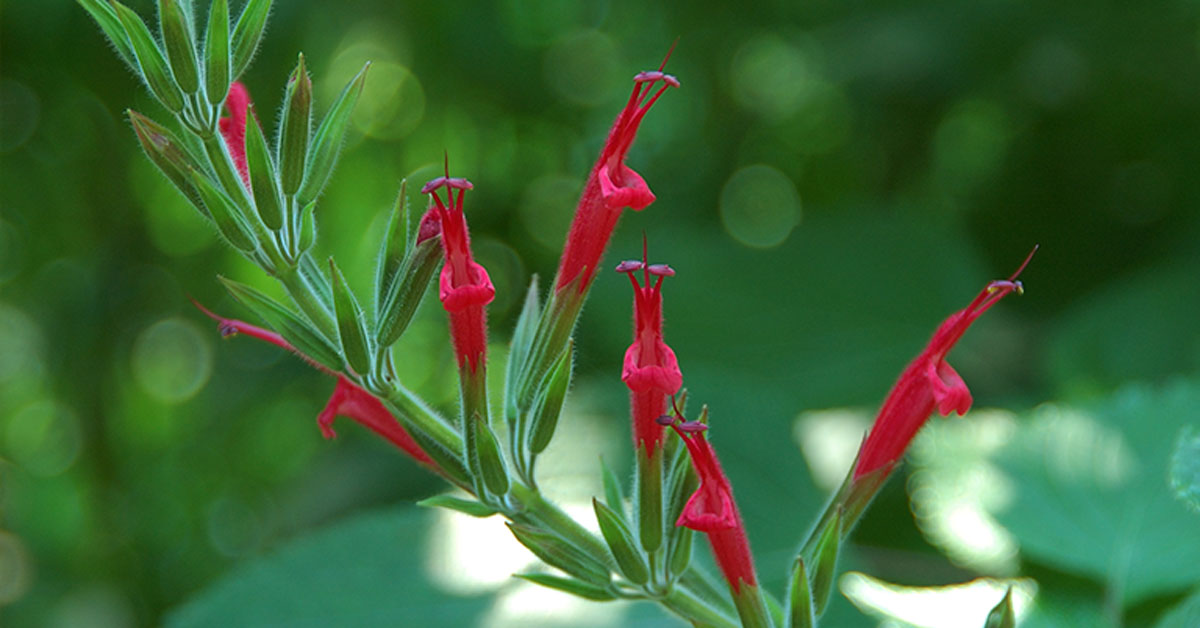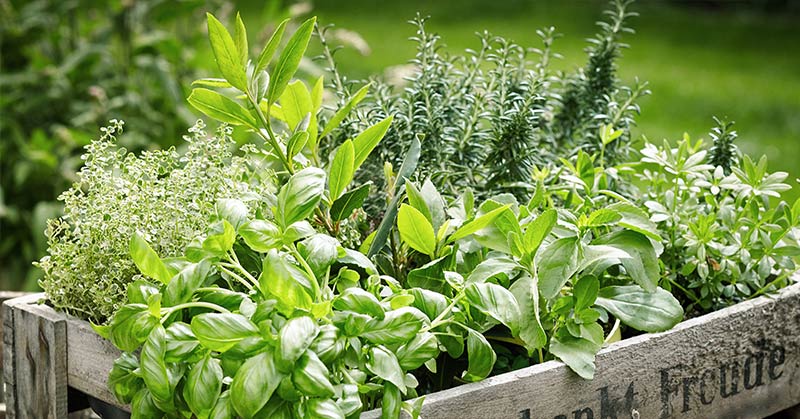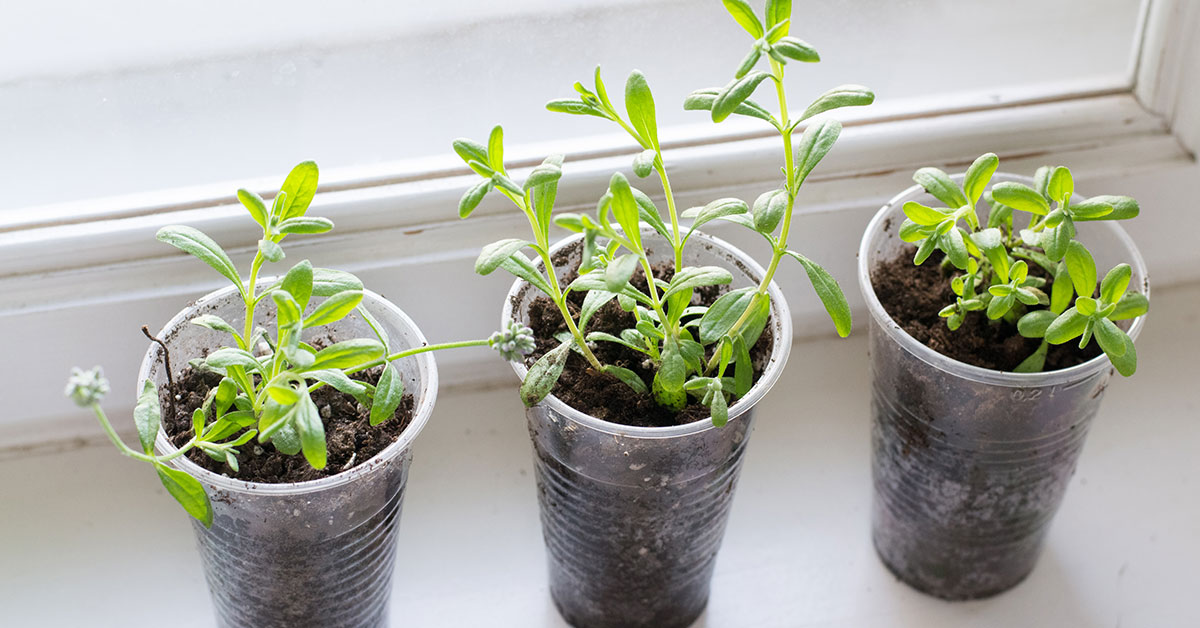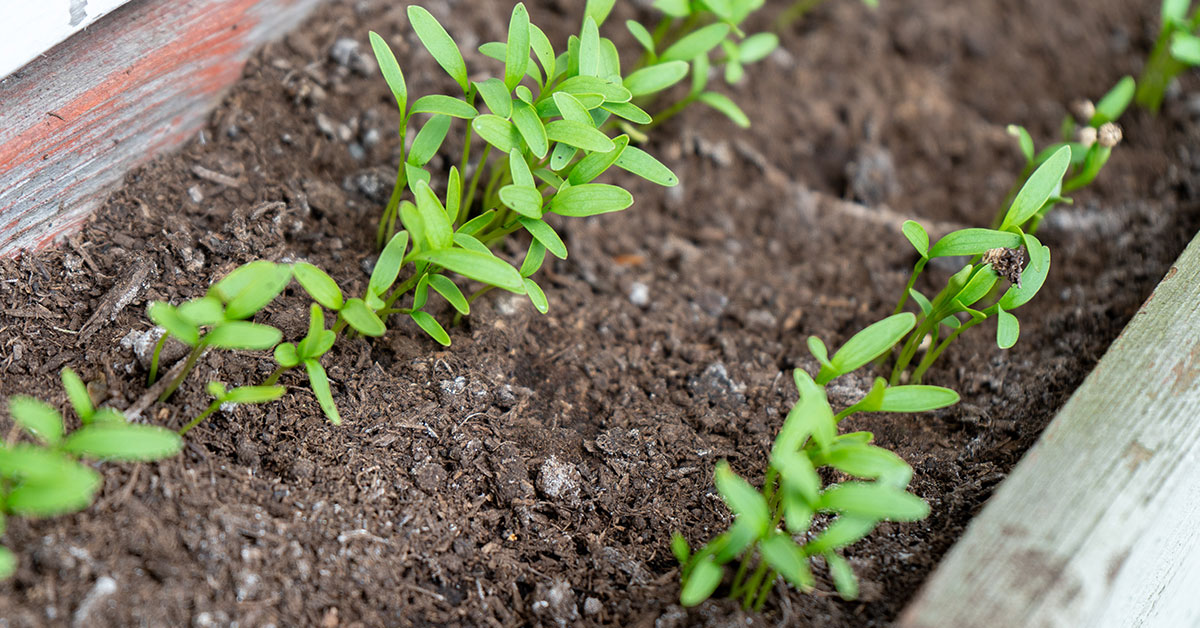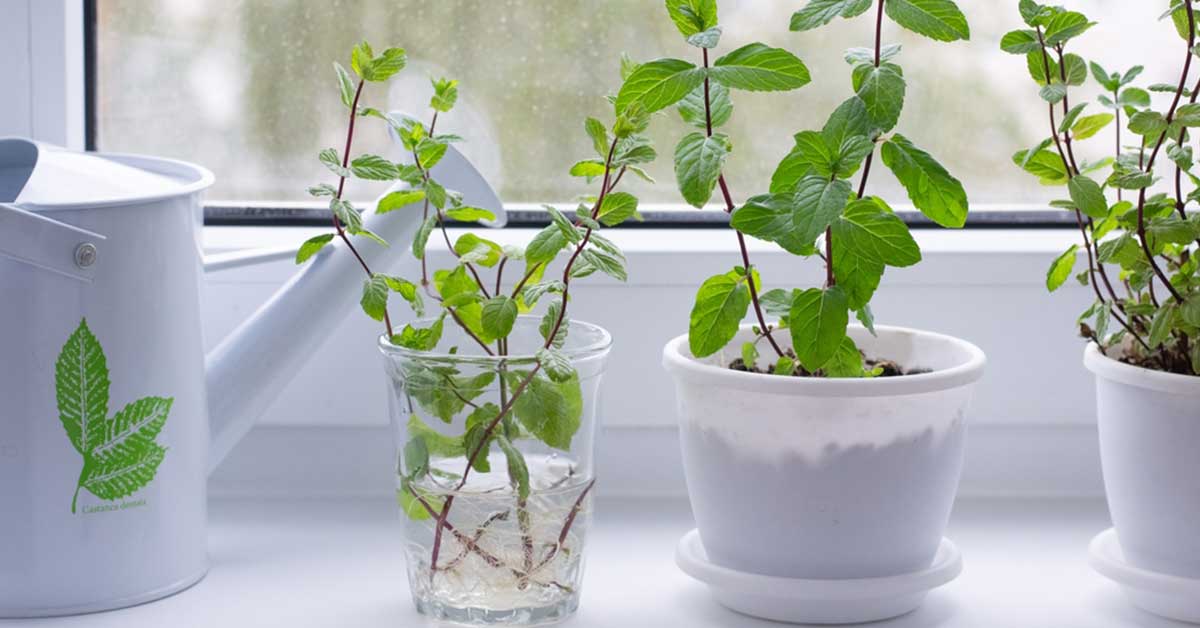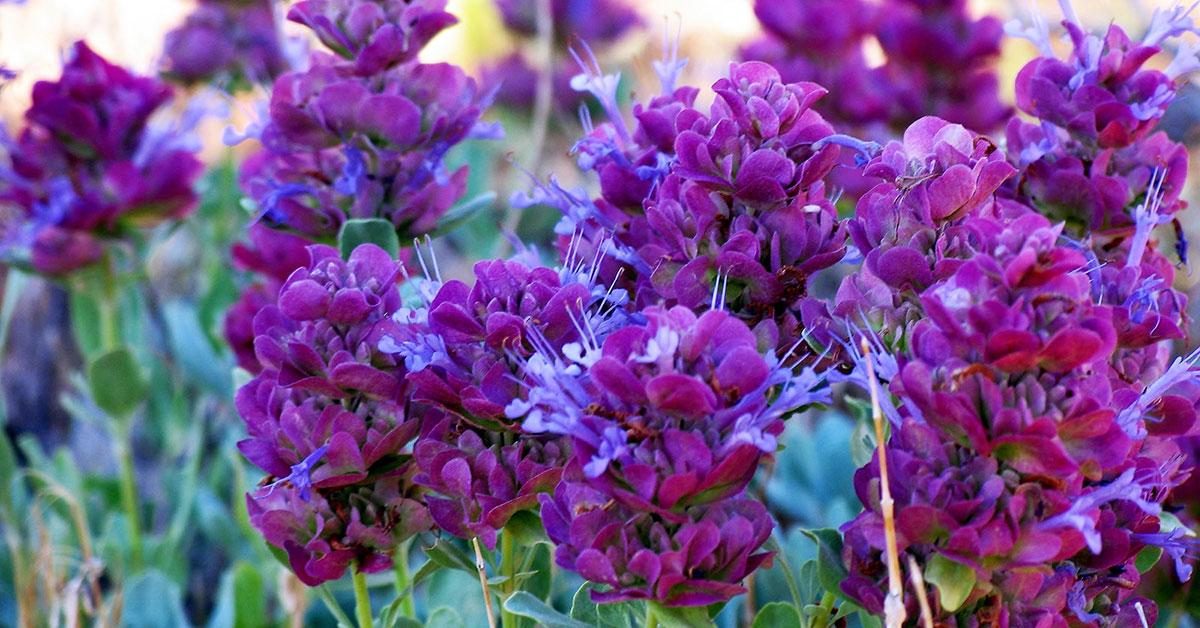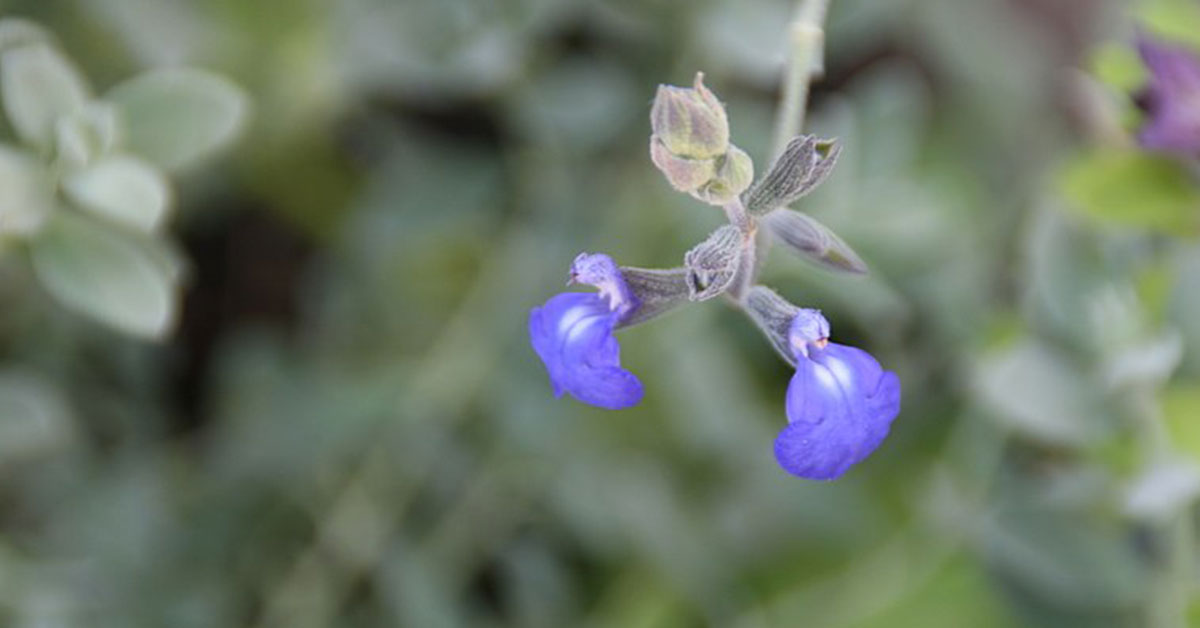Pineapple sage is perhaps one of the most fitting descriptions for a plant’s fragrance I’ve ever encountered. Gently rubbing the leaves of this plant produces that sweet, tangy citrus smell of pineapple with a hint of traditional sage aroma. It really is a plant out of this world, which is why I have five of them planted in my garden. My growing zone is just barely warm enough for the plant to be perennial, so I feel pretty lucky to be able to grow it.
In this article, we’ll be discussing everything there is to know about pineapple sage, from what it is to how to grow and use the plant. Let’s dive in!
Read more: These 22 perennials will thrive in your garden for decades
Growing Pineapple Sage
Pineapple sage is a fun plant for beginner or novice gardeners. It’s hardy, easy to establish, and tough to kill. Here’s what you should know about this aromatic plant.
- Latin name: Salvia elegans
- Other names: Tangerine sage
- Native to: Mexico
- Invasiveness: Not invasive
- Tenderness: Perennial
- Sun: Full sun
- Water: Infrequent
- Soil: Well drained, fertile soil
- Hardiness zone: 8-11
- Spacing: 24-36 inches
- Plant height: 4 feet
- Bloom period: Late summer & early fall
- Container friendly: Yes
- Fertilizer: Not required
- Toxicity: Not known to be toxic
- Deer resistant: Yes
- Pest resistant: Susceptible to aphids
Pineapple sage, sometimes called tangerine sage, is a plant native to Mexico. In the wild, it grows in pine-oak forests at higher elevations between 6,000 and 9,000 feet. It is a perennial plant that grows as a shrub. It requires full sun, well drained, fertile soil, and generally infrequent watering once established. It grows in hardiness zones 8 through 11 and erupts in stunning red flowers in late summer and early fall.
This plant is container friendly, but it grows very large – up to 4 feet tall. It’s advisable to use a large container. It’s not fussy about fertilizer and is deer resistant. It is, however, susceptible to aphid infestation. Watch your plant carefully.
Water
Pineapple sage is a drought resistant plant. When you first plant your sage plant, you’ll want to water a few times a week. After a few weeks, you can taper off watering. Observe your plant – if it begins to wilt or its leaves start to curl, increasing the amount of water provided each week. Avoid overwatering your pineapple sage once established.
Sunlight
Pineapple sage requires full sun, but the kind of sun it receives is important. Direct morning sun and a bit of shade in the afternoon will yield the best results for your plant.
Soil
This sage does best in fertile, well drained soil. It doesn’t like being planted in areas that become and remain soggy when it rains or when watered. If planting in a container, terracotta is preferred. Don’t allow the plant to sit in a water-filled basin.
Fertilizing
Pineapple sage likes being planted in fertile soil but doesn’t require fertilizing beyond that. If you live in zones 8 and 9, you can amend the soil with an organic fertilizer, some compost, or rabbit manure once a year for continued healthy growth.
Invasiveness
Pineapple sage is not considered to be invasive and is easy to control. It is native to parts of Mexico, so if you live outside of its natural range, plant with care. Planting non-native plants can carry risks.
Growing Pineapple Sage in containers
Pineapple sage does very well when grown in containers, but it’s advised that you plant your sage in a very large pot. Your plant will grow up to 4 feet tall and will need a strong, healthy root ball to ensure that it can stand up properly. Using standard garden potting soil is fine. Ensure that a well draining, fertile soil is used. If you live in zones colder than hardiness zone 8, you can bring your sage indoors during the winter.
Care & tips
Pineapple sage isn’t hard to care for, but there are a couple tricks you can employ to keep it doing well year after year. If you live in zones 8 and 9, your plant will not be evergreen and will die back each winter. In zones 10 and 11, it will remain evergreen and possibly flower all the way through winter and into spring. You can cut your sage back, leaving just a couple inches of stem above the soil and it will regrow in spring. Always provide a bit of extra fertilizer to ensure solid new growth.
Common problems
The most pressing problems pineapple sage experiences are improper watering and aphids. Watch your plants very closely. If the leaves are curling, it may be getting too dry. If it seems like it won’t grow or isn’t thriving, it could be overwatered. Watch closely for aphids too, and consider trying to attract more ladybugs to your garden to combat them.
Propagating Pineapple Sage
Pineapple sage can be propagated in two ways: by seed or cutting. With seeds, it’s fairly self explanatory. Simply harvest them in the fall when the flowers have finished blooming and plant in fertile, well draining potting soil. Tip cuttings that are taken in fall or spring will readily begin rooting if placed in water or any rooting substrate. Rooting hormones aren’t necessary to kickstart this process.
Uses for Pineapple Sage
Pineapple sage has uses for humans and animals alike. For us, it can be added to teas and fruit salads for a fresh, pineapple flavor. Your sage will also benefit wildlife as a vital food for pollinators and hummingbirds. Watch for hummingbirds visiting your sage flowers in late summer and early fall.
